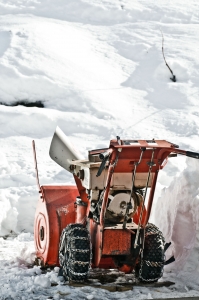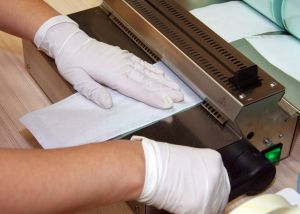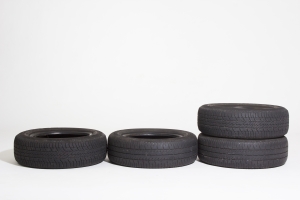According to 7 News Boston, landlords in Dorchester may not be complying with laws intended to keep tenants safe. The problem: landlords are not providing sufficient heat within the apartments. This is a serious issue as Dorchester, along with other locations throughout the Greater Boston area, is currently experiencing a serious cold spell. 
Very cold weather can cause very serious harm to the body, and children and the elderly are especially vulnerable. Frost bite and hypothermia are two common consequences of exposure to very cold temperatures. Those subject to frigid temperatures could also potentially freeze to death as a result of the extreme weather. Residential fires from space heaters and other secondary heating sources are also a serious risk.
To protect tenants and comply with standards, heat must reach 64 degrees or higher at night time and 68 degrees or higher during the daytime. If a landlord doesn’t provide necessary heat to tenants in his buildings, then the landlord could be subject to disciplinary action. If someone is injured or killed as a result of a landlord’s failure, then our Boston injury attorneys want the victims to be aware that they may also be able to take civil action against the landlord.
Who is Responsible for Injuries in Apartments?
In an apartment building, landlords are generally responsible for ensuring the safety of common areas and can be held responsible if someone is injured in a shared space. Individual tenants, however, are normally responsible for maintaining the insides of their property and avoiding hazards or dangers within their individual units.
However, if there is something that doesn’t work in the apartment- like the heater or any other utilities- or if there are structural problems within the apartment that are putting people at risk, the onus for ensuring safety reverts back to the landlord. In cases where the heat doesn’t work, for example, tenants need only let the landlord know that there is a problem. If the landlord fails to take action to correct the issue, then the landlord is in breach of his legal duty. A tenant (or a visitor to the apartment) who is hurt by the landlord’s failure can then take legal action to obtain compensation for any harm endured.
In the case of the apartments without heat, if the landlord was notified of the insufficient heating and did nothing, then anyone who developed medical problems as a result of the cold would have a solid case against the landlord. In fact, if the landlord was violating safety laws (like those requiring minimum temperatures in the space), it would be easy for the tenants to prove that the landlord was unreasonably negligent since they’d need only to point to the landlord’s breaking the law.
It is a foreseeable conclusion that people in freezing weather would be hurt by the lack of heat, so the injured victims would also have a solid case for proving that the landlord’s negligence was the direct cause of the harm they endured.
Continue reading
 Boston Personal Injury Attorney Blog
Boston Personal Injury Attorney Blog












